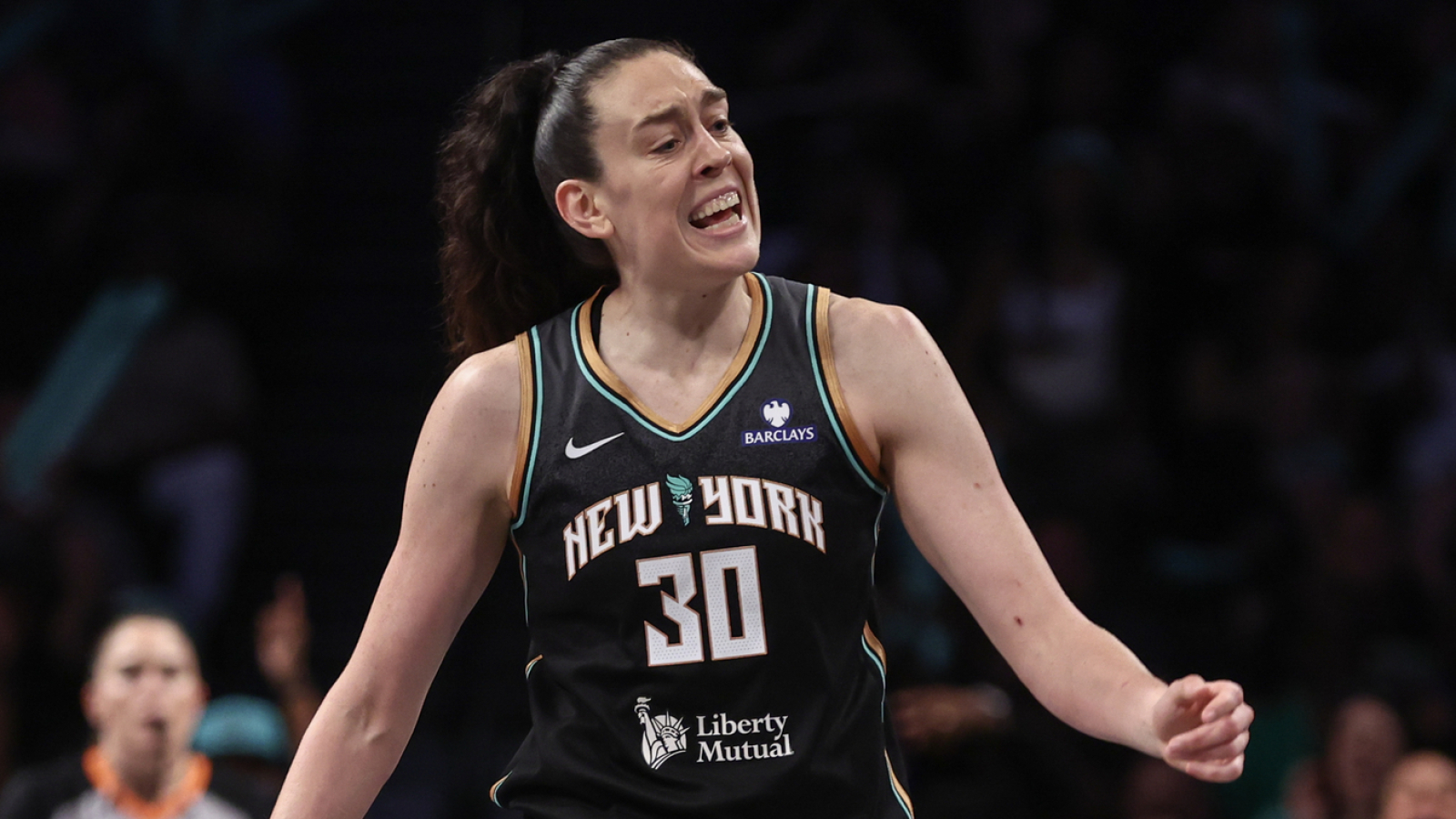The Women’s National Basketball Association, or WNBA, is undeniably experiencing an unprecedented surge in popularity and influence. With ambitious league expansion plans aiming for 18 teams by 2030 and a remarkable uptick in media deals, merchandise sales, and fan engagement, the future for women’s basketball appears brighter than ever. Commissioner Cathy Engelbert highlights this growth as a powerful testament to the league’s expanding talent pool and rising demand for its captivating product. Yet, amidst the celebratory narrative, a pressing question emerges that warrants closer scrutiny: Is the WNBA inadvertently developing a competitive balance problem?
At its core, competitive balance refers to the relative equality among teams within a sports league, leading to unpredictable outcomes and closely contested games. This equilibrium is fundamental to sustained fan excitement and long-term interest in any professional sport. For the WNBA, where every game carries significant weight in shaping perceptions of its growth and legitimacy, maintaining this balance is not just desirable but absolutely crucial for its continued success in the competitive sports business landscape.
Recent basketball analytics paint a concerning picture, particularly in the post-All-Star break period. Since the All-Star Game on July 19, a striking imbalance has become apparent on the court. Out of 24 games played, fewer than 13 percent—just three contests—were decided by five points or fewer. This statistic alone suggests a lack of nail-biting finishes and unpredictable results, which are vital for fan engagement and the league’s narrative of growth.
Even more revealing is the average margin of victory during this same stretch: a staggering 16 points. In the fast-paced world of basketball, a 16-point differential routinely signifies a blowout, a one-sided affair rather than a thrilling display of athleticism. This pattern of lopsided contests, night after night, stands in stark contrast to what fans typically anticipate from a league enjoying such high momentum, especially as teams jockey for playoff positions in the latter half of the season.
Traditionally, the period following the All-Star break is celebrated for its heightened intensity, as teams vie for playoff berths and engage in captivating, tightly contested matchups. Instead, the WNBA has witnessed a prevalence of dominant performances by a few elite teams, leaving many games devoid of the suspense and dramatic finishes that keep audiences on the edge of their seats. This trend raises legitimate concerns about whether the on-court product is truly mirroring the league’s impressive branding and ambitious growth objectives.
While the prospect of rapid league expansion reflects an optimistic and forward-thinking vision for the WNBA, it simultaneously introduces the inherent risk of talent dilution. The league boasts a solid foundation of exceptional players, but increasing the number of teams from 13 to 18 necessitates a significantly deeper reservoir of high-level talent. Without a commensurate increase in elite players, there is a distinct possibility of more games lacking genuine competitiveness, which could negatively impact viewership figures, ticket sales, and, critically, long-term fan engagement and loyalty.
To safeguard its burgeoning momentum and ensure sustainable growth, the WNBA must look beyond mere expansion announcements and marketing triumphs. A profound and strategic investment in comprehensive talent development is indispensable. This includes bolstering scouting networks, cultivating robust youth pipelines, actively pursuing international recruitment, and establishing advanced training programs. Such initiatives are crucial to ensure that new teams entering the league are not merely filling roster spots but are genuinely capable of fielding contenders, contributing to a more balanced and exciting competitive landscape.
Ultimately, while the WNBA’s marketing and branding efforts have been exceptionally successful in elevating its profile and attracting new audiences, the on-court product must consistently deliver on the hype. If the actual games do not match the excitement generated off the court, the league’s hard-earned momentum risks stalling. Therefore, maintaining vigilance over competitive balance is not just a game-day concern; it is a foundational pillar for the WNBA’s enduring success and its aspirational future in professional sports.






Leave a Reply